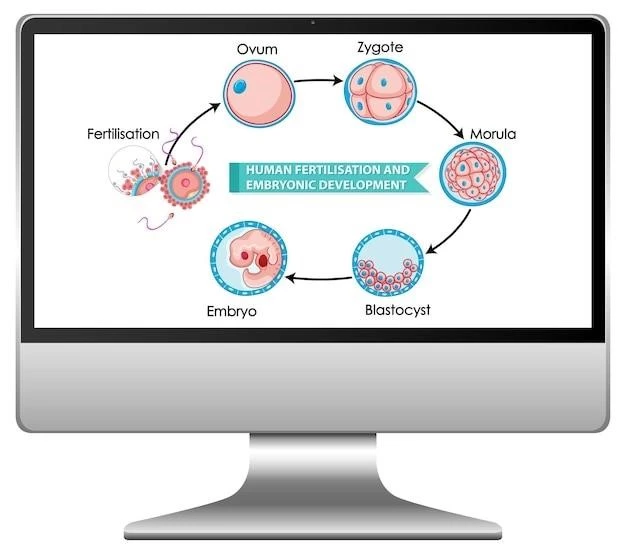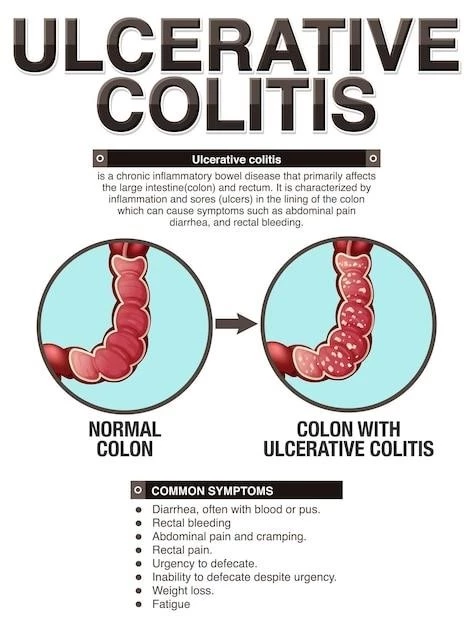Trichinosis or trichinellosis is a helminth infection contracted from improper food preparation. Pork is the primary source, potentially fatal. Sir Richard Owen and Sir James Paget discovered it in 1835...
Definition and Causes
Trichinellosis, also known as trichinosis, is a parasitic infection caused by nematodes of the genus Trichinella. This disease is primarily contracted through the consumption of undercooked or raw meat, particularly pork and wild game products. Trichinellosis can affect both humans and animals, with domestic pigs, wild boars, bears, rodents, and horses serving as reservoir hosts for the parasites. The main source of infection is the ingestion of muscle tissue containing Trichinella larvae. Due to its zoonotic nature, trichinellosis poses a significant public health risk globally.
Transmission and Reservoir Hosts
Trichinellosis is transmitted to humans primarily through the ingestion of undercooked or raw meat containing Trichinella larvae. Pigs, wild boars, bears, rodents, and horses serve as reservoir hosts for these parasites. The consumption of contaminated meat is the main source of infection, highlighting the importance of proper cooking techniques to prevent trichinellosis.
Sources of Infection
Trichinellosis is primarily contracted by consuming undercooked or raw meat contaminated with Trichinella larvae. Pork and wild game products are among the most common sources of infection. Animals such as pigs, wild boars, bears, rodents, and horses act as reservoir hosts for these parasites, facilitating the transmission of trichinellosis to humans.

Clinical Presentation and Symptoms
Trichinellosis, caused by Trichinella larvae in undercooked meat, presents various clinical symptoms such as diarrhea, muscle pain, fatigue, and eye issues. Understanding the symptoms is crucial for early diagnosis and treatment.
Phases of the Disease
Trichinellosis typically progresses through three clinical phases⁚ intestinal, migratory, and muscular. During the intestinal phase, patients may experience gastrointestinal symptoms. The migratory phase involves larvae spreading throughout the body, leading to potential systemic manifestations. In the muscular phase, muscle pain, weakness, and other musculoskeletal symptoms become prominent.
Diagnosis and Treatment
Diagnosing trichinellosis involves various methods such as serological tests and muscle biopsies. Treatment often includes antiparasitic medications and supportive care to manage symptoms effectively.
Diagnostic Methods
Diagnosing trichinellosis typically involves serological tests, muscle biopsies, and sometimes imaging studies to detect larvae presence in muscle tissues. Understanding the diagnostic methods is crucial for confirming the infection accurately.
Prevention and Control
Implementing effective measures to prevent trichinellosis involves ensuring thorough cooking of meat to kill Trichinella larvae. Proper food handling, meat inspection, and public education play essential roles in controlling the spread of the disease.
Measures to Avoid Infection
Preventing trichinellosis involves implementing key measures such as thorough cooking of meat to kill Trichinella larvae, freezing meat at appropriate temperatures, and ensuring proper food handling practices. Public education on the risks associated with consuming undercooked meat plays a crucial role in reducing the incidence of trichinellosis.

Global Impact and Research
Trichinellosis, a parasitic disease caused by Trichinella larvae in undercooked meat, has significant global implications. Research focuses on understanding transmission dynamics, control measures, and treatment modalities to mitigate the impact of this zoonotic infection on public health.
Epidemiological Considerations
Trichinellosis, caused by the nematodes of the genus Trichinella, has significant epidemiological implications worldwide. Understanding the transmission dynamics and geographical distribution of Trichinella species is crucial for effective control and prevention strategies. Research efforts focus on identifying reservoir hosts and assessing the impact on public health in various regions.
